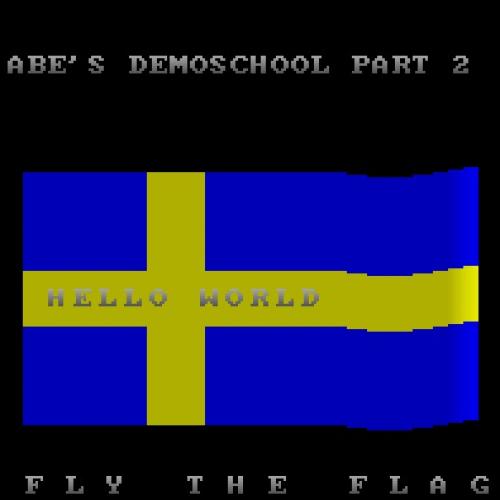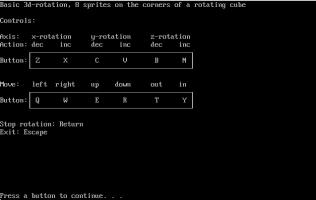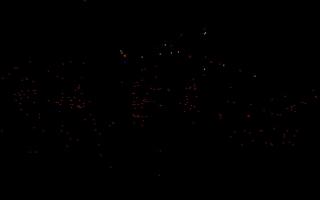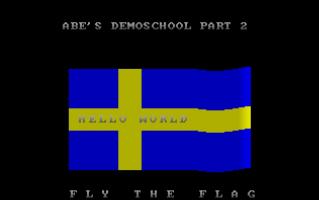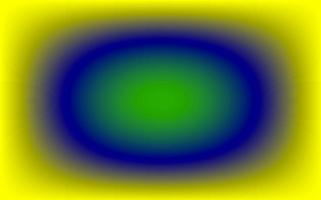Lens and similar effects, color quantification
Abe's Demoschool: Part V

eZine lover (@eZine)
Published in
AbeDemoschool
· 7 Dec 2022
Welcome to part V of Abe's Demoschool. In Part 4 I said that this part would be about 3d vector graphics but I've changed my mind because I'm taking a course about 3d computer graphics in the spring of 1997 and I thought it would be best to wait with the 3d stuff until after that course so I'll be sure I'm not telling any lies. Instead I'm going to write about some easier common demoeffects and I'll start with the lens effect and similar transformations . A lens effect is when a picture is shown and it looks like a magnifying glass is beeing drawn over the picture. One of the most famous demos that has a lens e...
